I may get commissions for purchases made through links in this post.
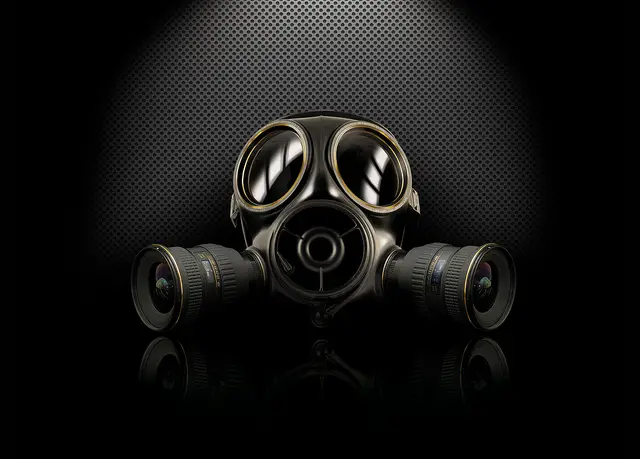
Dangers lurk everywhere. Often we perceive our homes as safe havens but that assumption frequently turns out to be wrong.
In fact, our homes harbor various chemicals and substances that can severely threaten our health.
Aside from being a component of common household items, these hazards are present in the air we breathe and could contaminate the water we drink as well.
Household activities such as cleaning, the use of air fresheners, paints, pesticides, improper use of non-stick pans, unhealthy humidity levels and insufficient ventilation, and being ignorant about tap water quality can affect air and water pollution levels in our homes.
Ensuring the quality of indoor air and drinking water at home is the sole responsibility of the home owner and its residents. Since we spend almost all our time indoors, (90%) long term and chronic exposure to indoor air pollutants and substances present in tap water is increasingly being recognized as a serious threat to public health.
What are these hazards you should monitor?
Carbon monoxide
Ever wondered why experts forbid people from sleeping inside their car with the engine and air conditioner on? It’s due to the risk of carbon monoxide poisoning. Doctors cite that as minimal as 30-minutes exposure to this toxic gas in an enclosed space can already kill a person.
Burning fuel produces two by-products; carbon dioxide or the black smoke we can see and carbon monoxide. The latter is more dangerous because it is odorless and colorless.
But carbon monoxide is not only emitted by cars. It can also be produced by home appliances like gas-stove, water heaters, fireplaces, generators, and other equipment that use fuel. The risks are highest when you have a closed garage or unventilated home.
Lead
Lead is another toxic material found at homes. Although lead is hazardous, it is still widely used because it’s an important industrial ingredient in the manufacture of paint, gasoline, batteries, metal products, plastics, and even children’s toys.
What’s alarming is that children are more susceptible to the risks because their body organs are still developing and because they love touching, biting, or licking things.
Some of the hazardous effects of lead include: reduced IQ levels, behavioral problems, anemia, organ problems, and decreased growth.
The Centers for Disease Control and Prevention (CDC) estimates that 70% of homes built before 1980 contain lead-based paint (CDC, 1991). Lead-based paint brings health risks when it peels or chips.
Radon
Even if you are careful enough on the possible toxins that you carry to your house, there are always toxic elements that naturally come and lurk inside your home like radon. Radon is the poisonous gas which is a by-product of uranium decay.
From deep underground, it enters the house through cracks and holes in the foundation. Long term exposure to radon is noted to cause cancer especially of the lungs.
Pesticides
Pesticides were originally invented for use at farms. But when insects extended their home into ours, companies started producing purportedly “safe” insect baits and sprays that can be used at home.
But similar with all other kinds of pesticides, they can kill pests, insects, and humans as well when accidentally ingested. Risks of contaminating the water and air inside your home are also imminent.
Parabens
Parabens are chemicals that are commonly present in makeup kits and other cosmetic products. They are primarily used as a preservative and anti-bacterial agent.
But recently, government agencies like the FDA discovered these chemical preservatives in some of the foods sold at groceries. Constant and prolonged exposure to parabens can cause cancer particularly of the breasts for women. They were also noted to affect the reproductive system.
Asbestos
Asbestos is a natural mineral that became a popular building material ingredient because it is fire and corrosion-resistant. It’s also a good insulator.
But when this dust-like material gets disturbed and spreads into the air, it can be inhaled causing several health problems like lung cancer, chronic respiratory problems, and problems with other organs like the throat, kidney, bladder, and the brain.
It is worthy to note that Asbestos is already banned in most European countries like the Netherlands but it is still widely used in the US.
Teflon
Teflon became a hit when it eventually solved the problem of food sticking to the pan while cooking. To skip all the technical details, Teflon is actually a plastic. It’s one of the hardest and slipperiest plastics.
But since it’s a plastic, it can melt at extremely high temperatures. Some of these melted plastic can eventually be mixed in the food you are preparing. Additionally, Teflon at high temperatures can release PFOA or Perfluorooctanoic acid which is believed to be a carcinogen.
Perchlorate in drinking water
According to the EPA, certain levels of perchlorate can be detected from ground as well as drinking water supplied by utilities. But high amounts and constant exposure to this water contaminant can cause thyroid hormone problems.
It also affects metabolism and brain function. For babies, it negatively affects development while they are in the womb and even after birth.
Volatile Organic Compounds
Organic chemicals are essential ingredients of some household and industrial products like paint, varnish, wax, cleaning and disinfecting agents, etc. These products eventually emit volatile organic compounds in gaseous form.
When inhaled, these VOCs can cause respiratory and central nervous problems like headaches, irritations, nausea, allergies, fatigue, and constant exposure could damage organs like the kidney and liver.
Scented candles are known to emit VOC’s. Read more about how fragranced products and scented candles can make you sick.
What you can do..
Test your home if you suspect radon may be present and leaking from the soil into your home. Test for other toxins. Use natural cleaners, open windows as much as possible and if you like them use house plants.
Image credit: Nikos Perialis

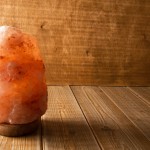
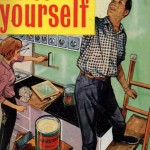






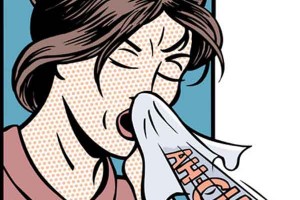

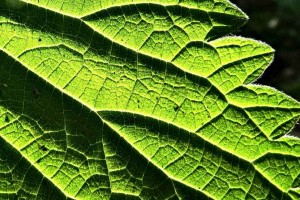
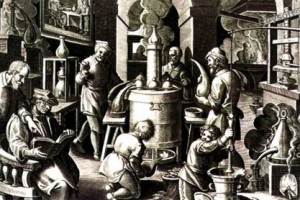

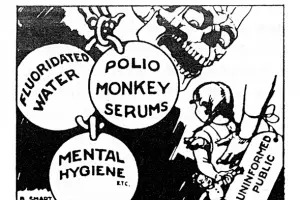








Add Comment